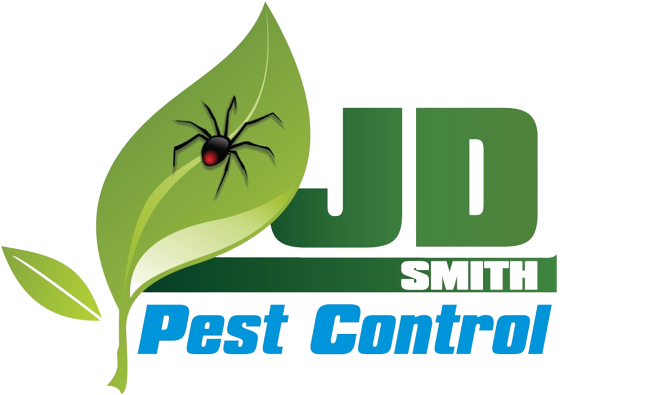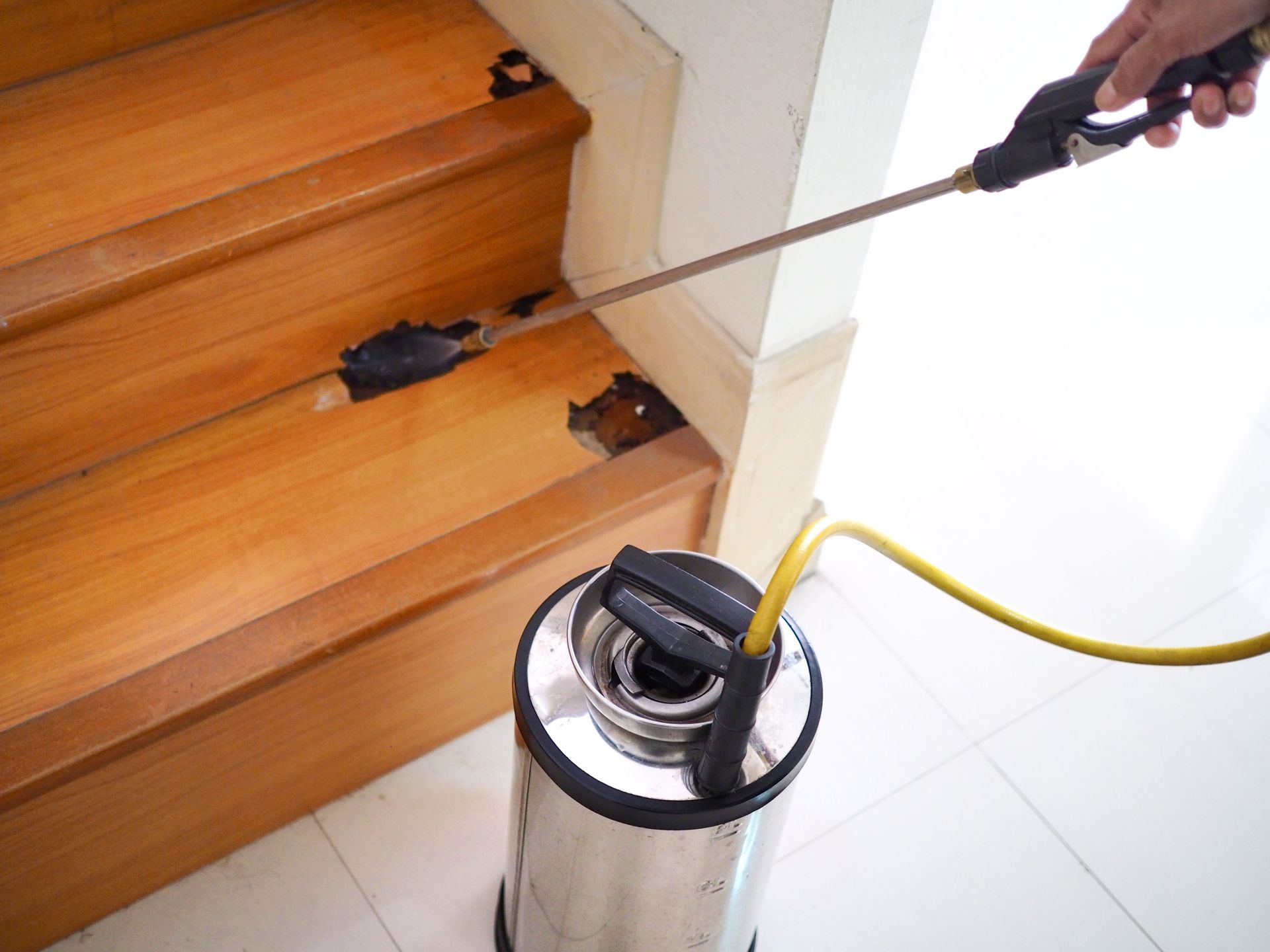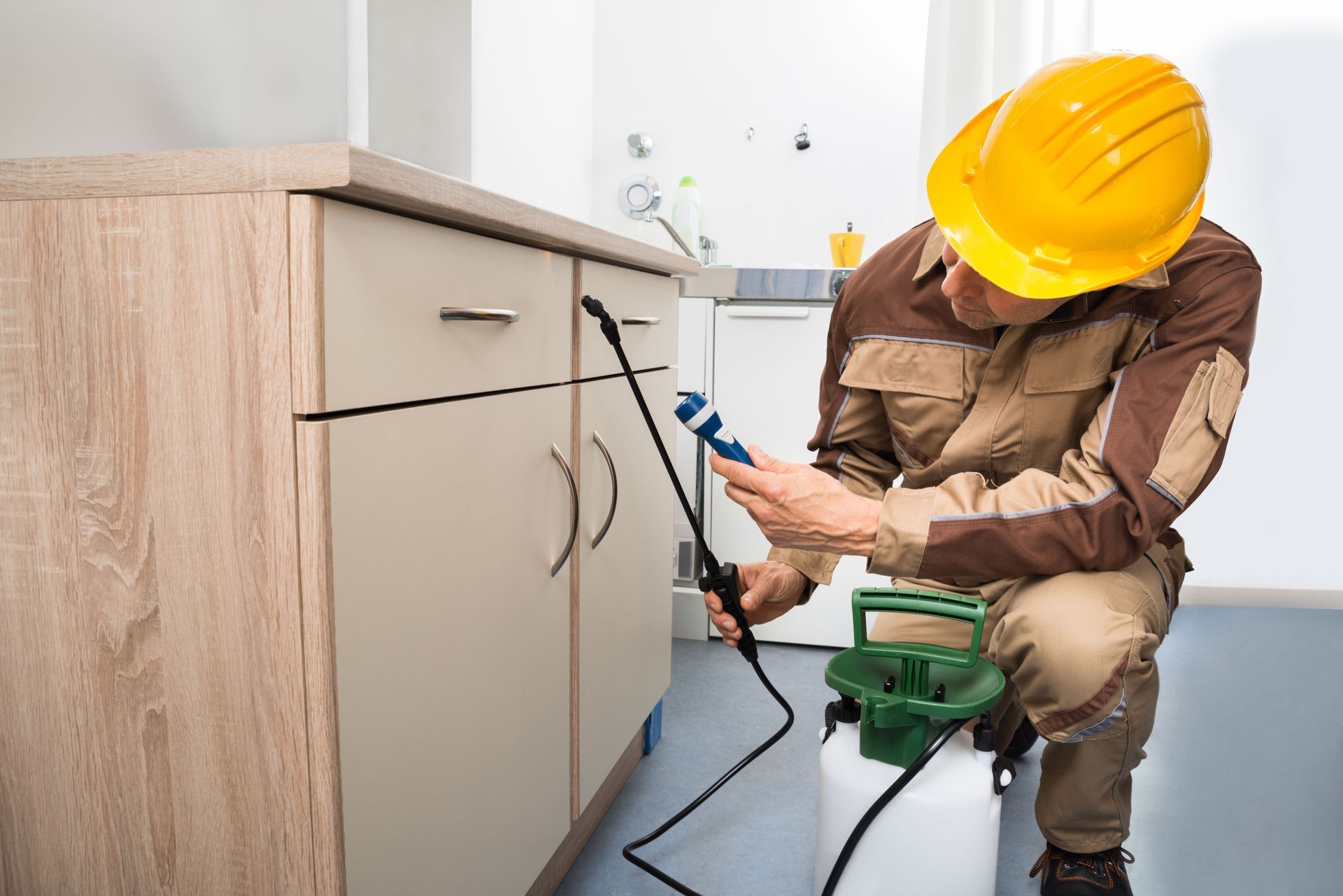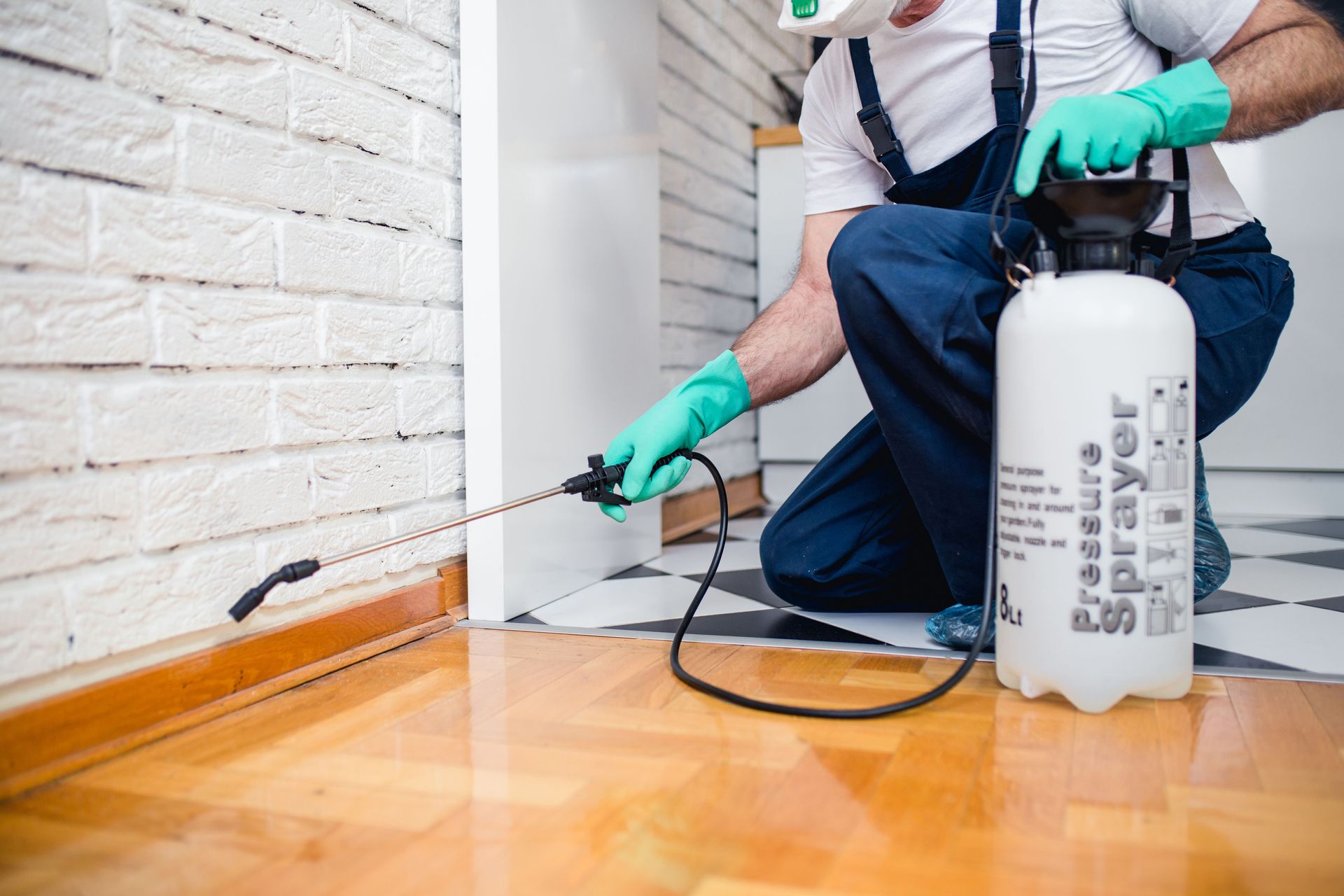5 Common Hiding Spots for Rodents in Your Home
Rodents have always been a persistent nuisance due to their adaptability and secretive nature. Understanding where they hide and how professionals manage these infestations is crucial for effective pest control. In this article, we explore key hiding spots for rodents and delve into expert techniques for their eradication. Addressing these areas not only helps manage current infestations but also prevents future invasions. By integrating professional methods and common preventive measures, we aim to provide comprehensive insights into effective rodent management.
1. Attics: Rodent Havens Above
Attics offer a warm, sheltered environment that is ideal for rodents, especially during colder months. The clutter and insulation in attics provide ample nesting materials and hiding spots. These spaces often go unnoticed for long periods, allowing infestations to grow unchecked. Rodents are attracted to attics due to the abundance of materials and the suitability of the space for breeding and nesting. Addressing attic infestations requires vigilance in monitoring and maintaining these areas to prevent further issues from arising.
A local pest control company uses advanced techniques to thoroughly inspect attics for signs of rodent activity. Professionals often employ advanced tools to detect hidden nests and entry points. These tools enable experts to identify problems that might go unnoticed during a regular check. Regular inspections by a pest control company are crucial for early detection, which helps minimize damage and reduce the cost of rodent control.
2. Basements: The Underside Refuge
Basements are particularly attractive to rodents due to their dark, undisturbed, and often cluttered environments. Moisture and food sources, such as stored goods, provide an ideal habitat for nesting and feeding. In addition, many basements have multiple entry points, such as windows or utility lines, making them easily accessible. For these reasons, basements can quickly become infested if not properly monitored. Regular clean-up and decluttering can help reduce their attractiveness to rodents.
Effective rodent prevention in basements begins with minimizing clutter and ensuring proper storage of goods. Food items should be stored in rodent-proof containers, while clutter should be minimized to eliminate potential nesting areas. Regular cleaning disrupts nesting activities and deters infestations. Implementing these baseline measures is a cost-effective method of control. Keeping basements organized is key in maintaining a rodent-free environment.
An integrative pest management approach uses a combination of strategies to achieve effective rodent control in basements. This approach includes sanitation, exclusion, and mechanical control measures to reduce rodent habitats and eliminate existing populations. Regular monitoring and adjustments to these control methods are crucial for maintaining success over time. By blending preventive actions with targeted extermination techniques, long-term rodent control becomes achievable. Working with a local pest control company ensures that these strategies are properly implemented and managed for optimal results.
3. Kitchens: The Food Paradise
Kitchens are one of the most vulnerable areas in a home to rodent infestations, mainly due to the easy access to food sources. Rodents often enter through unnoticed gaps behind appliances and under sinks, making these spots key areas to inspect. Regular cleaning to eliminate food crumbs and spills, along with checking cabinets that store perishable goods, can help reduce the risk of contamination. For thorough protection, partnering with a local pest control company can ensure these hidden areas are correctly assessed and treated.
Maintaining high hygiene standards in the kitchen is crucial for keeping rodents at bay. Regular cleaning of floors, countertops, and behind appliances can prevent an infestation from taking hold. Food should be stored in airtight containers, and waste should be disposed of promptly to eliminate potential food sources. These practices significantly reduce the attractiveness of kitchens to rodents. According to Qmobius, 84% of homeowners encountered a pest problem in the past year, so it stands to reason that an ounce of prevention is worth a pound of cure when it comes to rodent control.
Investing in rodent-proof storage solutions is a critical step in maintaining a rodent-free kitchen. Airtight containers made of metal or thick plastic are recommended for storing food items. By restricting access to food and water sources, the likelihood of rodent infestations is greatly reduced. Regularly inspecting storage areas can help identify any attempts by rodents to breach. A proactive approach to organizing kitchen storage can yield long-term dividends in pest control.
4. Gardens and Sheds: Outdoor Invaders
Gardens and sheds are natural extensions of a home that can attract rodents if not properly maintained. Overgrown vegetation and accumulated debris provide ideal hiding and nesting spots. Rodents are attracted to gardens due to the abundance of food sources, including seeds and fruits. Keeping these areas tidy can significantly reduce their attractiveness to pests. Regular garden maintenance serves as a natural deterrent, reducing the likelihood of potential nesting sites.
Adopting pest-resistant gardening practices can help deter rodents from settling in outdoor spaces. Selecting plants that are less attractive to rodents and maintaining adequate spacing can help minimize potential nesting areas. Installing physical barriers, such as wire mesh around garden beds, is another effective strategy for protecting plants. These practices, combined with regular garden maintenance, reduce the risk of rodent infestations. By integrating these methods, gardens can be both beautiful and rodent-free.
Proper shed maintenance is key in preventing rodents from using these structures as nesting sites. Regular inspections for signs of wear and potential entry points can help maintain a rodent-free environment. Utilizing rodent-proof materials, such as sealing cracks and reinforcing door seals, is recommended. Keeping the shed organized and clutter-free further reduces its appeal to rodents. A well-maintained shed contributes to overall pest control efforts.
5. Garages: Transitional Zones of Infestation
Garages serve as transitional zones between outdoor spaces and the interior of a home, making them attractive to rodents. The presence of vehicles and stored items provides a cluttered yet sheltered environment. Rodents are known to gnaw on vehicle wiring and use stored materials as nesting sites. Garages are often overlooked during routine pest control measures, allowing infestations to establish. Regular inspections and organization can reduce their allure to rodents.
Sealing cracks and gaps around garage doors and windows is an effective strategy to deter rodent entry. Applying weatherstripping and threshold seals reinforces these defenses. Pest control experts also recommend keeping garage doors closed whenever possible to limit access. Ensuring that garbage is securely managed eliminates another attractor. Rodent-proofing is a proactive step in maintaining a pest-free garage environment.
Proper placement of traps is essential for adequate rodent control in garages. Pest control experts strategically place traps near suspected nesting sites or along walls where rodents are likely to travel. Additionally, the use of professional-grade odor bait enhances the effectiveness of the trap. Experts ensure that traps are positioned safely, minimizing risks to non-target species. An understanding of rodent behavior guides the optimal placement and selection of traps.
Routine maintenance and seasonal checks are necessary to sustain a rodent-free garage environment. Seasonal weather changes can affect rodent behavior, prompting expert guidance on necessary adjustments. Periodic checks enable the early detection of potential vulnerabilities and infestations. Professionals advise scheduling regular maintenance visits to ensure long-term control efforts remain effective. Proactive pest management is key to limiting rodent access to these transitional zones.
By targeting the specific areas where rodents tend to hide, property owners can greatly minimize infestations. Partnering with a local pest control company ensures access to professional techniques and long-term prevention strategies that lead to effective rodent control. Staying vigilant and proactive with expert support helps maintain a safe and healthy environment. To keep rodents out of any part of your home, consider engaging the professional services of JD Smith Termite & Pest Control. Call us today.





Share On: